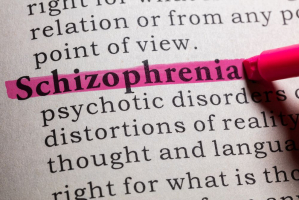Top 10 Common Misconceptions about Genetics
There are several widespread myths about genetics, inheritance, determining traits, and genetic testing, to name just a few. A collection of some of the most ... read more...prevalent genetics-related myths may be found below.
-
Usually, factors other than genes also influence traits. While some qualities, like blood type, are only impacted by genetics, the majority of attributes are influenced by both our environment and genes. We do not inherit a disease; rather, we inherit risk factors for developing a disease. For instance, new research indicates that 50 to 60 percent of the risk of alcoholism is genetic (National Institute on Alcohol Abuse and Alcoholism).
The remaining 40 to 50 percent of the risk is therefore environmental. Due to a person's family's history with alcoholism, they may be genetically predisposed to the disease. However, adopting a healthy lifestyle, such as limiting alcohol consumption, can assist someone avoid developing an alcohol dependence. Those who are prone to obesity may experience the same effects from the environment. Multiple genes interact to cause obesity, which has a hereditary component.
Studies, however, present wildly disparate findings about the level of genetic input. Even though obesity runs in the family, a person can avoid it by choosing nutritious foods and engaging in regular exercise. What characteristics we will and won't have is not predetermined by our genes. In the end, a person can help lower the risk of certain diseases by leading a healthy lifestyle and learning the diseases they are genetically prone to.
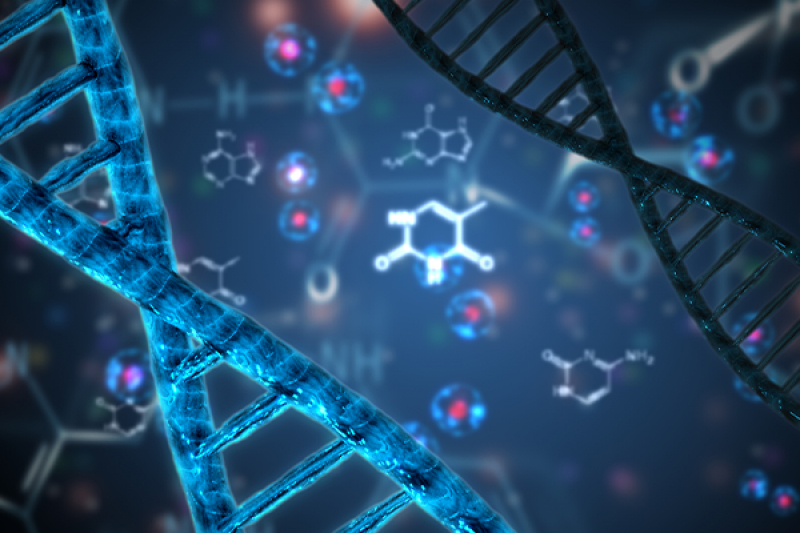
https://www.curemelanoma.org 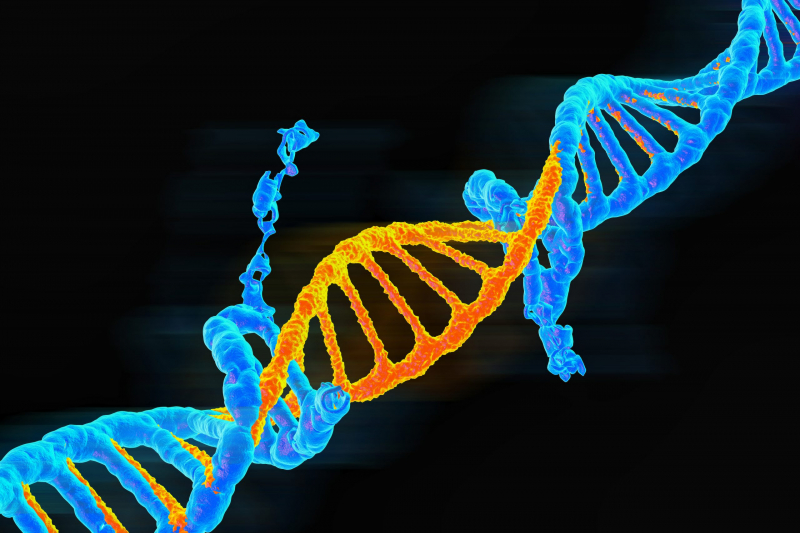
https://www.healthing.ca/ -
The majority of human features, including height, eye color, and skin tone, are determined by several genes rather than just one. Polygenic refers to a trait that is regulated by multiple genes. We witness a continuum of height and skin color because traits that are coded for by several genes do not have defined classes and instead exhibit a range.
Even eyes come in a variety of brown, blue, green, and hazel colors. According to recent studies, approximately 100 genes may have an impact on skin tone (Barsh, 2003)! For instance, each of us possesses genes that regulate the creation of melanin, the pigment most frequently linked to skin color. However, we vary in the quantity and kind of melanin that is produced (black, brown or reddish).
Many of us were misinformed while we were in high school about the dominance of brown hair over blond hair. Frequently, a Punnett square with both lowercase and uppercase letters "b" was provided with this lesson. We now realize that the inheritance of pigmentation is far more complicated and cannot be explained by a straightforward Punnett square based on a single gene.
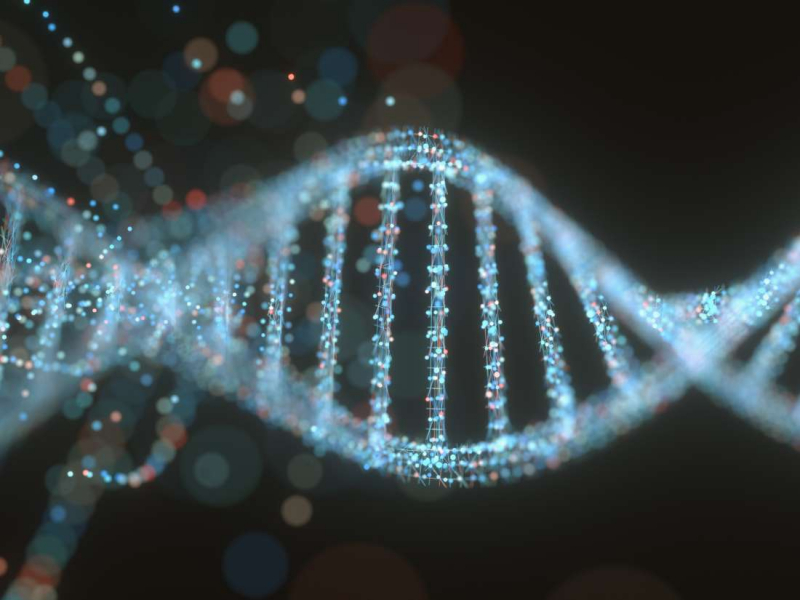
https://www.medicalnewstoday.com 
https://www.futuroprossimo.it/ -
People frequently assume wrongly that the majority of the population exhibits this quality when they hear the phrase "dominant." The term "dominant" does not necessarily imply "most prevalent," but rather "expressed over the recessive." For instance, the dominant allele of a specific gene governs the behavior of tongue rolling (R).
People with one or two copies of R will roll their tongues. Only those who lack the capacity to tongue roll have two recessive copies of the gene (r). What does this indicate about how prevalent or uncommon tongue rolling is in a population, though?
It is not related to a trait's recessiveness or dominance how frequently it is seen in a population. Instead, it reflects how frequently a person carries the gene that causes a particular feature. For instance, a dominant mutation can be the root cause of polydactyly, which is the occurrence of extra fingers and/or toes.
However, depending on ethnic background, polydactyly only occurs in 0.31-6.18 births per 1,000. Even though the dominant gene mutation that causes polydactyly is exceedingly uncommon, it does exist.
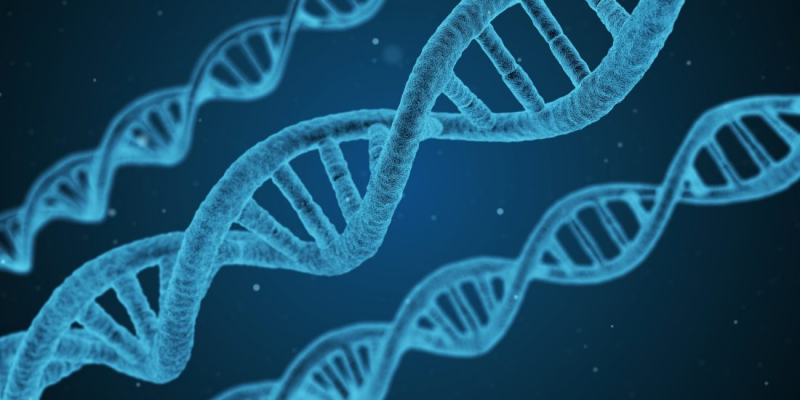
https://www.thoughtco.com 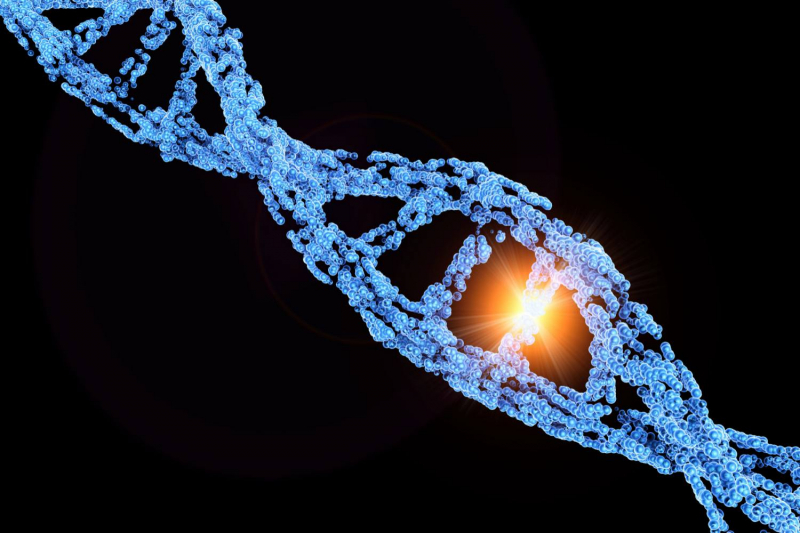
https://www.thoughtco.com/ -
The human genome can be sequenced rapidly and effectively thanks to new technology. It took the 1990-starting human genome project 13 years and $2.7 billion to sequence the first human genome. The cost to sequence a human genome now is less than $10,000 and takes a few days. Obtaining genetic data is no longer constrained by speed or expense.
The analysis of the genome is the most difficult task now that we have the knowledge. Sequence information is essentially a very long string of the DNA building units A, T, G, and C. Bioinformaticists are academics that specialize in the analysis of this data.
To learn which genes are responsible for certain traits and how genes interact, researchers utilize computer systems. In the end, we want to know what each of the roughly 22,000 genes in the human genome does.
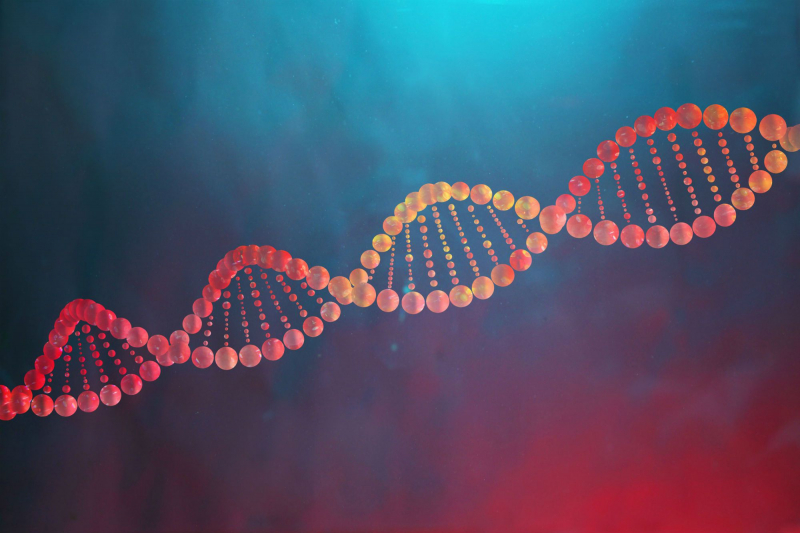
https://www.nhlbi.nih.gov 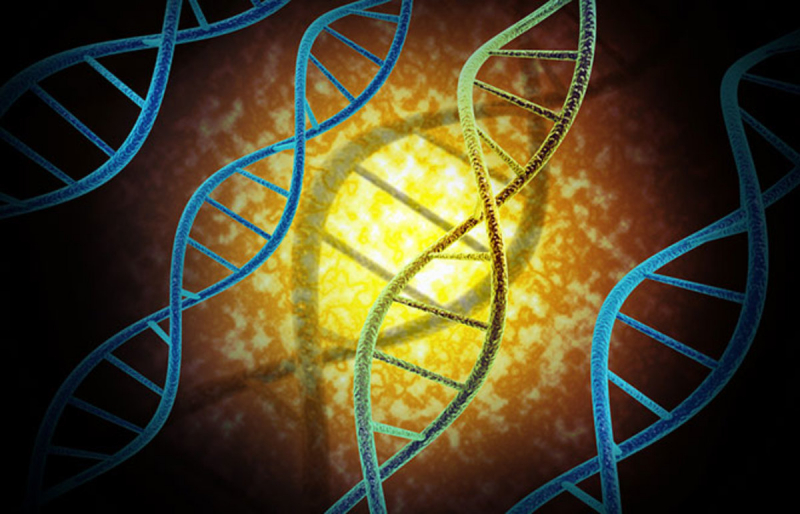
https://psmag.com/ -
Without a doubt! The majority of DNA mutations are single nucleotide changes that do not harm the individual and occur in our DNA sequence. According to recent studies, each of us inherits roughly 60 additional mutations that our parents did not have (Conrad et al., 2011). Some of the.1% difference between the genomes of two people can be attributed to these mutations. Some mutations take place in regions that do not code for genes, so the affected person remains unchanged. When mutations do arise in a gene, the protein the gene codes for might not be significantly altered. The mutation will probably go unnoticed.
Even advantageous mutations can benefit an individual. For instance, a mutation could produce a gene that confers illness resistance. In this situation, the gene will eventually be "selected for" in a population. Population members that have the mutation will live and pass it on to their progeny. We can adapt to changing environmental conditions thanks to mutations. CCR5, a gene that codes for a protein present on the surface of specific immune system cells, is an illustration of a "good" mutation. When the HIV virus enters a host cell, it binds to CCR5, which, if untreated, eventually results in AIDS.
However, a deletion in the CCR5 gene is present in about 10% of people of European ancestry (Martinson et al., 1997). This mutation prevents the HIV virus from correctly attaching to a host cell, delaying the entry of HIV into the cell and lowering the likelihood of an individual contracting AIDS.
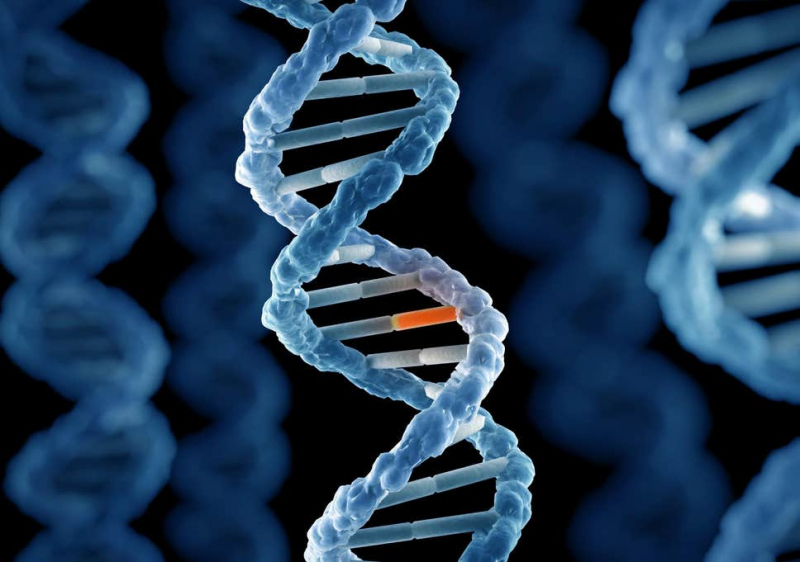
https://www.evolutionisamyth.com 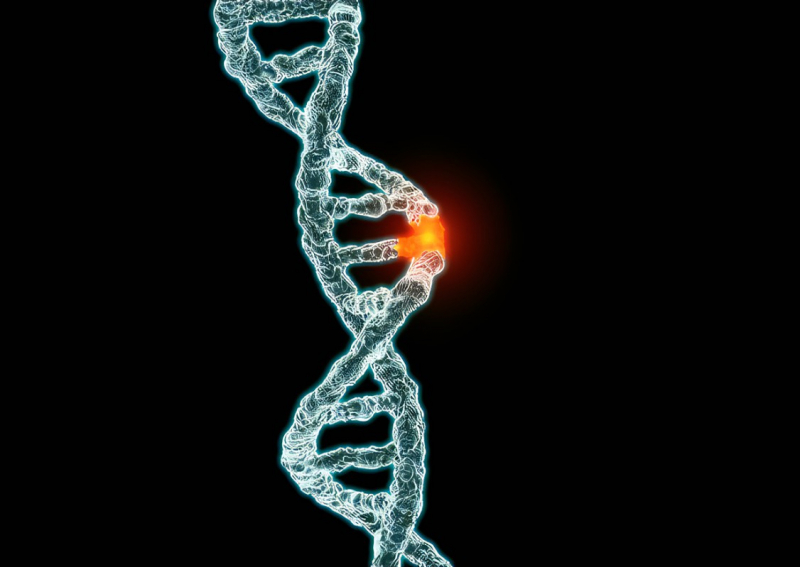
http://www.labcritics.com/ -
A mutation in the genome cannot be "corrected" after it has already occurred. After detecting a disease-causing mutation, we must then find a medicine or other intervention that will block the broken gene because we do not now have the technology to correct a DNA error. Huntington's disease is one instance of this. In the huntingtin gene, the nucleotide CAG is incorrectly repeated, which results in Huntington's disease (Collins, 1999). There is still no cure for Huntington's disease, despite the fact that we know what causes it.
Gene therapy is an experimental method being developed by scientists to treat or prevent diseases. Instead of utilizing drugs or surgery to treat an illness, this technology may allow doctors to accomplish so by introducing a gene into the patient's cells. The majority of research has been conducted on mice, but scientists intend to develop this approach over time so that it can be used to cure ailments (What is Gene Therapy, 2012).
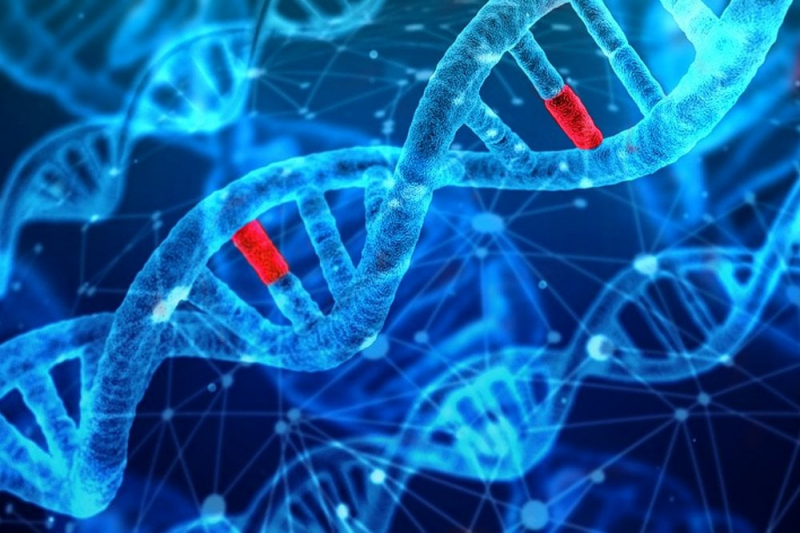
https://www.scienceabc.com 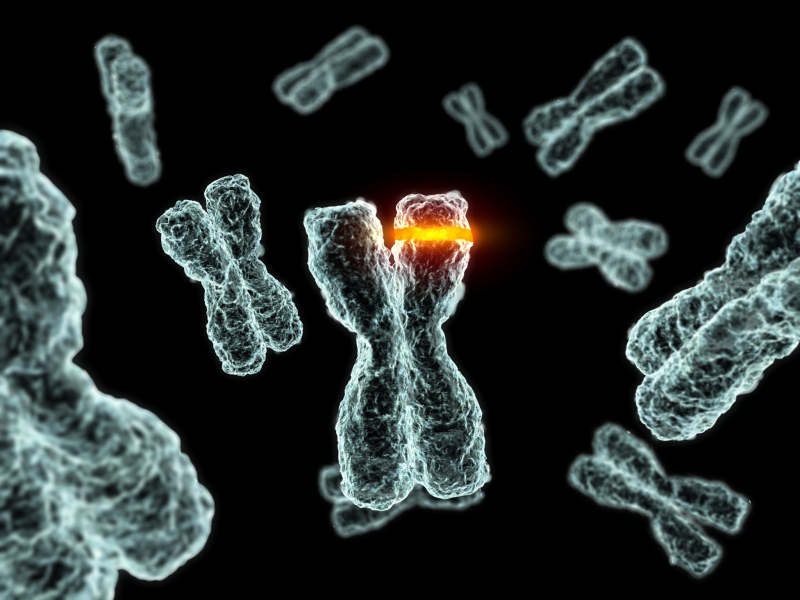
https://www.thoughtco.com/ -
Even though there are a lot of genetic tests on the market right now, not all of them are equally accurate and dependable. Genetic testing is now widely used and easily accessible, sometimes even without a doctor's involvement, thanks to advancements in sequencing technology. When considering genetic testing, it's critical to do your homework to determine exactly what you want to learn and which test would produce the most reliable findings. For instance, some tests, such presymptomatic testing for Huntington's disease, produce results with almost 100% accuracy. When indicating your propensity for a certain disease, other tests could assign you a % risk.
It is crucial to appropriately understand the results of genetic tests. You can learn via a genetic test that you have a 15% probability of contracting a particular disease. At first, this statistic seems scary, but following additional research, you learn that the general population has a 13% risk of contracting the same condition.
This means that even if your risk is higher than the norm, it is not big enough to warrant making significant adjustments to your lifestyle in order to prevent contracting the illness. For instance, the prevalence of Alzheimer's disease is about 7% in the general population. The chance of developing Alzheimer's disease can be increased by twofold by some APOE gene variants. A twofold risk is still just about 14 percent, though.
Genetic tests that identify illness predispositions do not guarantee that you will eventually get a disease; rather, they demonstrate that you are more likely than the average person to get the condition. If you want to have genetic testing, it is crucial to discuss the results with a physician, genetic counselor, or other healthcare provider who has received training in analyzing genetic test results. (2011) (Donnelly).
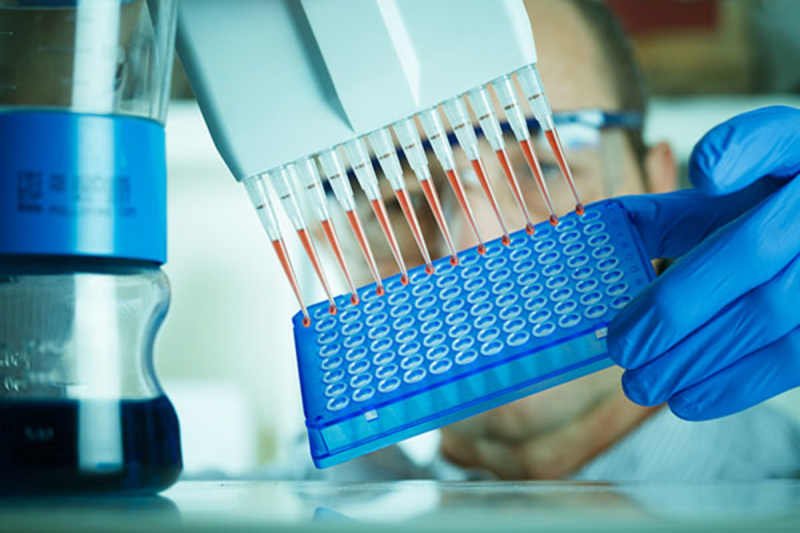
https://psmag.com/ 
https://lifewell-lived.com/ -
Mutations in the DNA that everyone of us possesses are what lead to genetic illnesses. For instance, the "breast cancer gene," BRCA1, has received a lot of news attention. In actuality, the BRCA1 gene is present in both males and women. The protein that BRCA1 normally produces aids in the repair of DNA damage. Because their DNA damage is not being repaired effectively, people with a variant of BRCA1 that does not work correctly are more likely to acquire DNA damage over time. The harm could result in cancer.
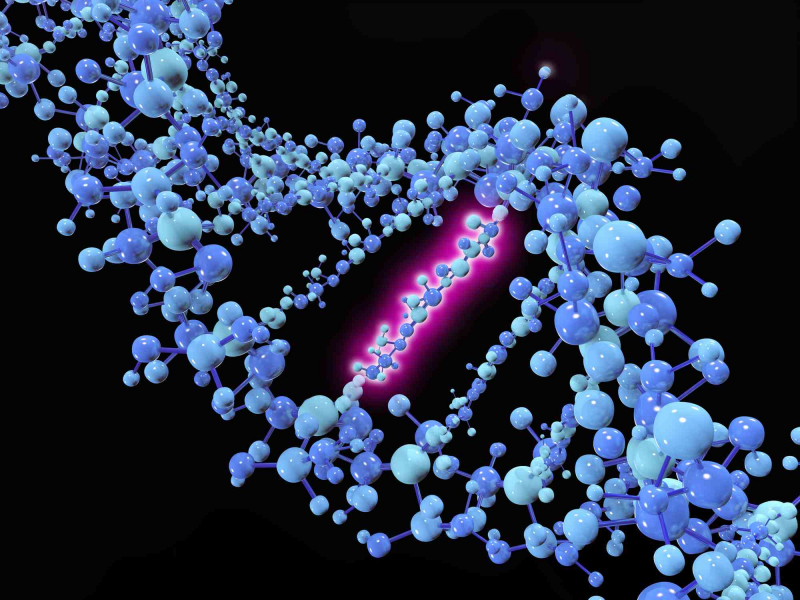
https://www.thoughtco.com 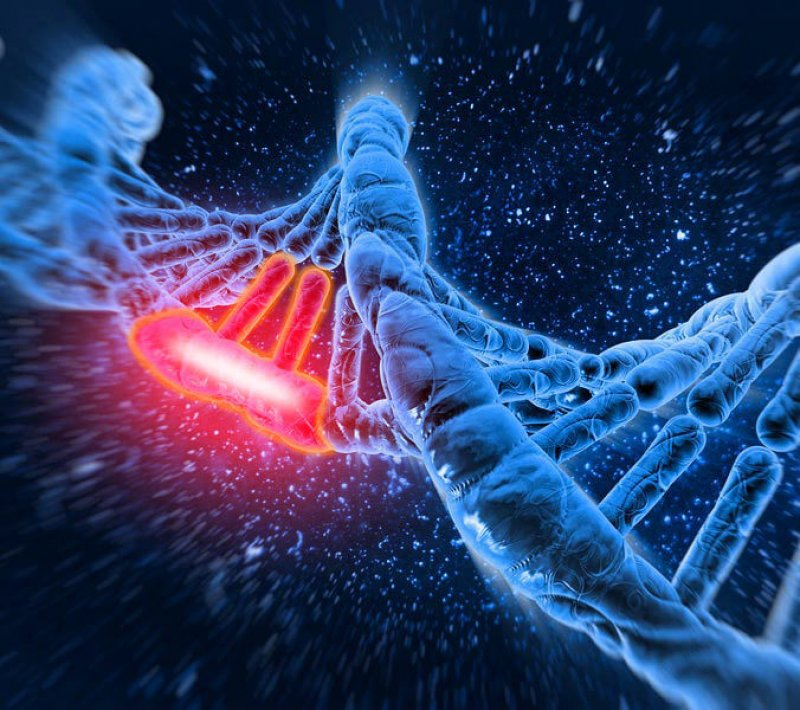
https://geneticliteracyproject.org/ -
The "one-in-four" probability does not necessarily imply that one of every four children a couple has will be diagnosed with a certain illness. Each child has a 25% (or one in four) chance of getting a disease, according to the "one-in-four" risk. An illustration of this is a Punnett square, which displays the likelihood of inheritance. Let's imagine, for instance, that a man and a woman are both carriers of sickle cell anemia, making them heterozygotes, meaning they each have one dominant and one recessive allele (Ss). To calculate the likelihood that the disease will be inherited, a Punnett square can be constructed.
This Punnett square reveals that the child of this pair has a 25% homozygous dominant (SS), a 50% heterozygous (Ss), and a 25% homozygous recessive (HR) likelihood (ss). Being a recessive condition, sickle cell anemia only affects ss offspring. It is crucial to understand that only because one child manifests the disease, subsequent offspring of the same parents do not necessarily have a lower probability of inheriting it. All of the couple's offspring have an equal chance of inheriting.

https://schooladvisor.my/ 
https://sites.psu.edu/ -
Whether or not they are genetically engineered, all food crops contain genes. Plants have DNA, just like humans, and the genotypes of the plant determine which phenotypes will be expressed. Actually, Gregor Mendel, the founder of genetics, first understood how genes work while researching pea plants.
Food crops that have undergone genetic modification differ from conventional food crops because their genomes have been altered to incorporate genes from other organisms. In order to make crops resistant to herbicides and pesticides, bacteria-derived genes are the most frequently used alterations. Because the crops are already resistant to pests, farmers can spray their fields with herbicide to kill weeds without harming the crops or use fewer chemicals overall.
Therefore, the inclusion of one or two genes is the only genetic distinction between conventional crops and GMO crops. The topic of labeling foods that include GMO plant products has generated a lot of discussion.

https://www.vitacost.com/ 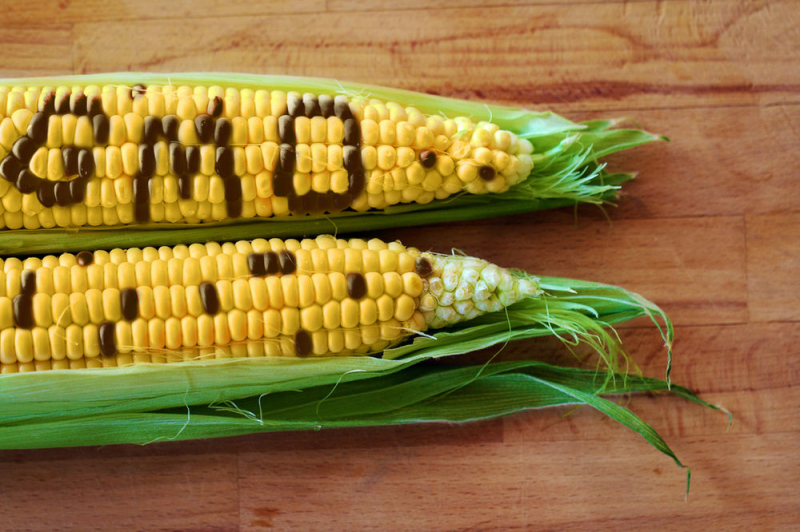
https://www.whatnextglobal.com/












